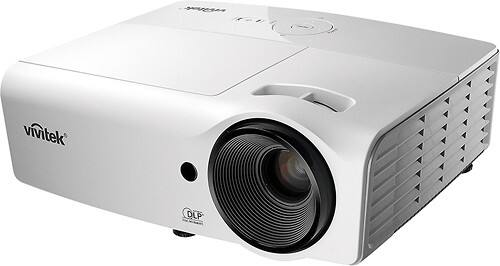We on the programming team are busy at work building the basis for the program. Part of this includes breaking down existing code for reference. Another 3D printer on the market is the B9Creator - an open source project that uses many of the principals we hope to use in our design. Because it's open source, we're able to see the various methods and algorithms used. Rather than reinvent the wheel, we plan to examine B9Creator's existing code to get an idea of how to proceed and give us an idea for a starting point.
This isn't an easy task, however. As with any large application, there are many lines of code, each integral to the program's operation. Luckily, we've been able to reach out to the author of the original code and have received advice, explanations, and tips. We're nearly done, and are preparing to start writing the code for the basic printer, adding new features and improvements as we go.


.JPG)







.JPG)

